Innovations in Biotechnology
The Natural Butyric Acid Market is benefiting from innovations in biotechnology that enhance production efficiency and product quality. Advances in fermentation technology and microbial processes are enabling manufacturers to produce butyric acid more sustainably and cost-effectively. These innovations not only improve yield but also ensure a higher purity of the final product, which is crucial for various applications in food, feed, and pharmaceuticals. Market projections suggest that the biotechnological advancements in the production of natural butyric acid could lead to a market growth rate of around 8% annually. This technological evolution is likely to strengthen the Natural Butyric Acid Market, providing a competitive edge to companies that adopt these new methodologies.
Increasing Health Consciousness
The Natural Butyric Acid Market is experiencing a surge in demand driven by rising health consciousness among consumers. As individuals become more aware of the benefits of natural ingredients, there is a notable shift towards products that promote gut health and overall well-being. Butyric acid, known for its role in maintaining intestinal health, is increasingly sought after in dietary supplements and functional foods. Market data indicates that the demand for natural butyric acid in health supplements has grown by approximately 15% annually, reflecting a broader trend towards preventive healthcare. This heightened awareness is likely to propel the Natural Butyric Acid Market further, as consumers prioritize products that align with their health goals.
Rising Demand in Food Preservation
The Natural Butyric Acid Market is witnessing a notable increase in demand due to its applications in food preservation. As consumers become more discerning about food quality and safety, the need for natural preservatives is on the rise. Butyric acid, with its antimicrobial properties, is being explored as a viable alternative to synthetic preservatives. Market data indicates that the food preservation segment is projected to grow by approximately 10% annually, as manufacturers seek to meet consumer preferences for clean-label products. This trend is likely to enhance the Natural Butyric Acid Market, as food producers increasingly adopt natural solutions to extend shelf life while maintaining product integrity.
Expansion of the Animal Feed Sector
The Natural Butyric Acid Market is significantly influenced by the expansion of the animal feed sector. As livestock producers seek to enhance animal health and productivity, the incorporation of natural additives like butyric acid is becoming more prevalent. This compound is recognized for its ability to improve gut health in animals, leading to better feed efficiency and growth rates. Recent market analysis suggests that the use of butyric acid in animal feed has increased by around 20% over the past few years, driven by the demand for sustainable and health-oriented livestock production. Consequently, the growth of the animal feed industry is expected to bolster the Natural Butyric Acid Market, creating new opportunities for manufacturers.
Growing Interest in Sustainable Practices
The Natural Butyric Acid Market is positively impacted by the growing interest in sustainable practices across various sectors. As industries strive to reduce their environmental footprint, the shift towards natural and biodegradable additives is becoming more pronounced. Butyric acid, derived from natural fermentation processes, aligns well with these sustainability goals. Recent studies suggest that the market for natural additives, including butyric acid, is expected to grow by 12% over the next five years, driven by consumer demand for eco-friendly products. This trend indicates a promising future for the Natural Butyric Acid Market, as businesses increasingly prioritize sustainability in their product formulations.


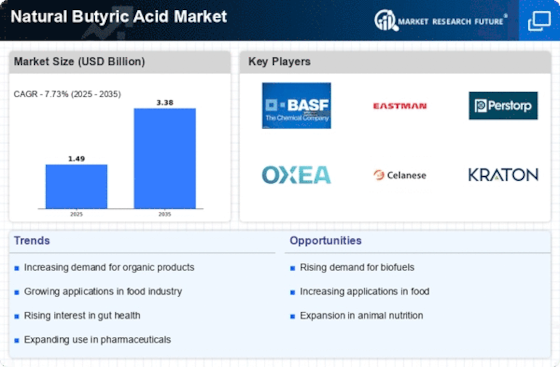
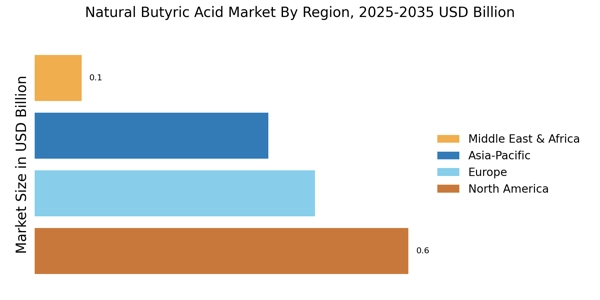

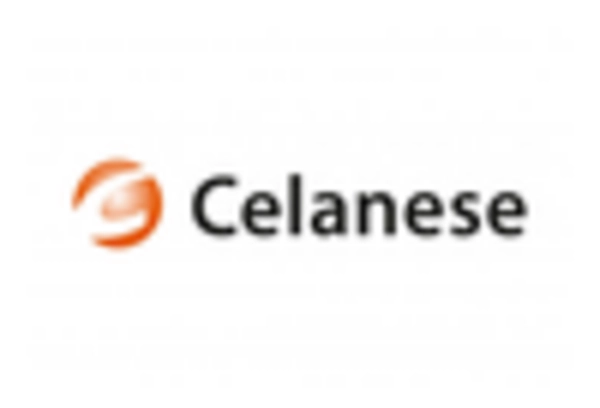


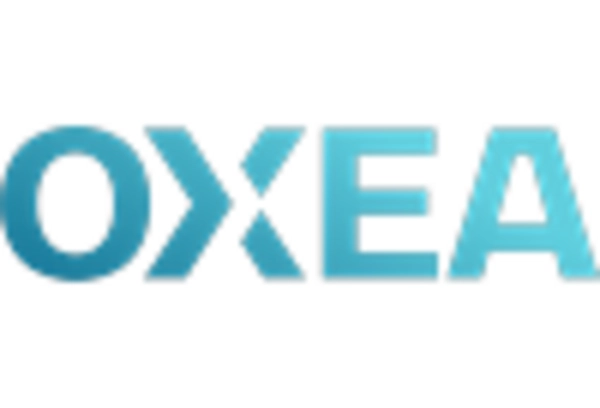
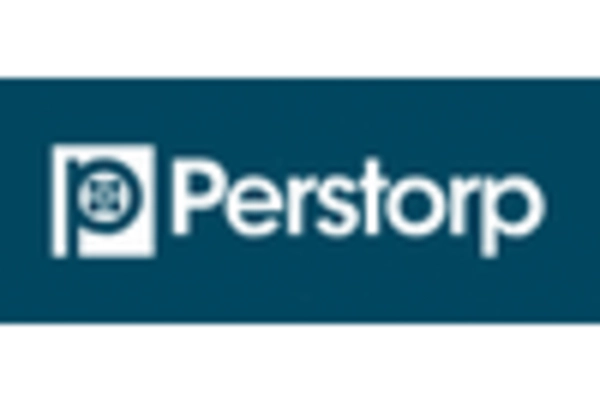








Leave a Comment